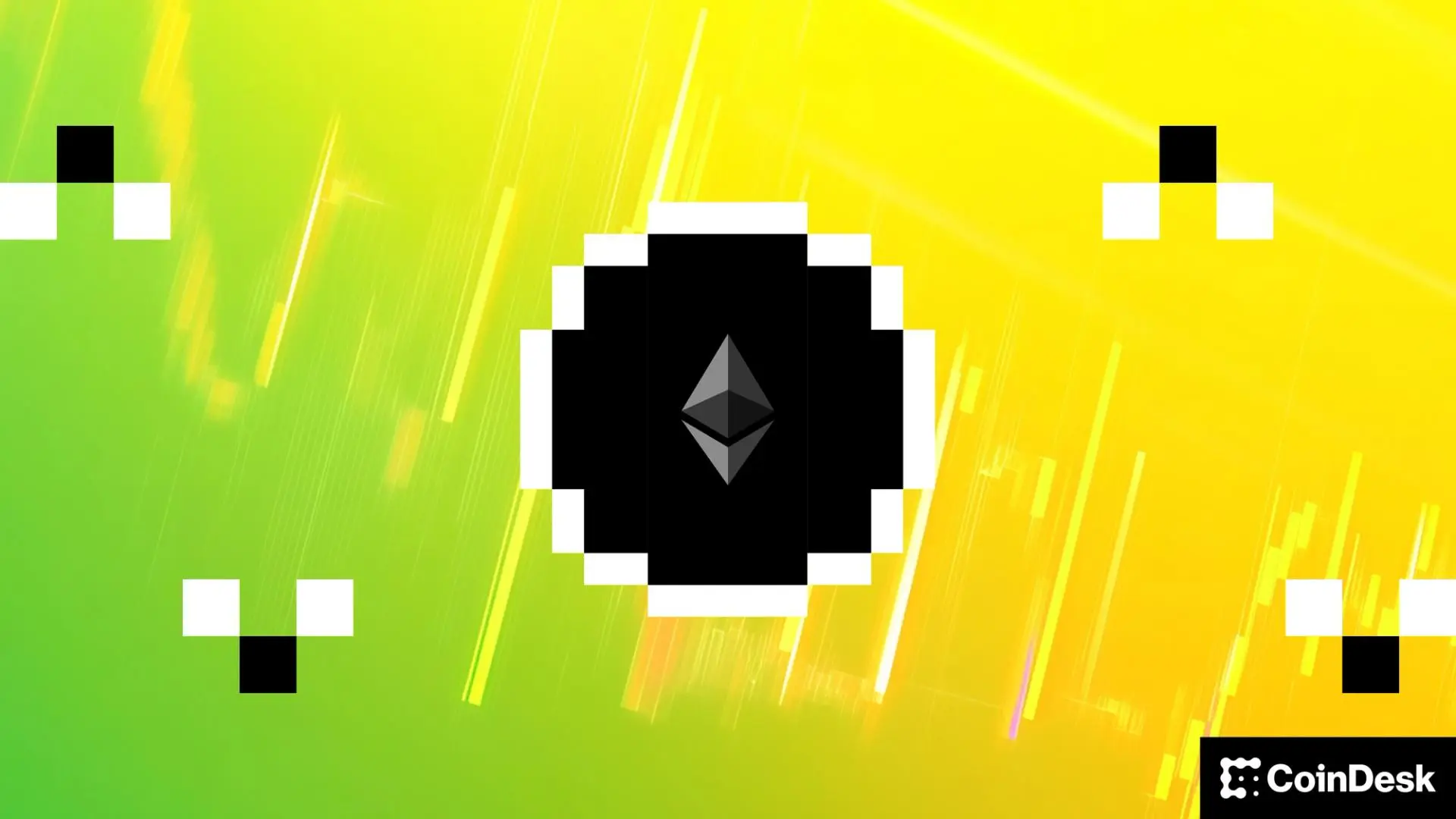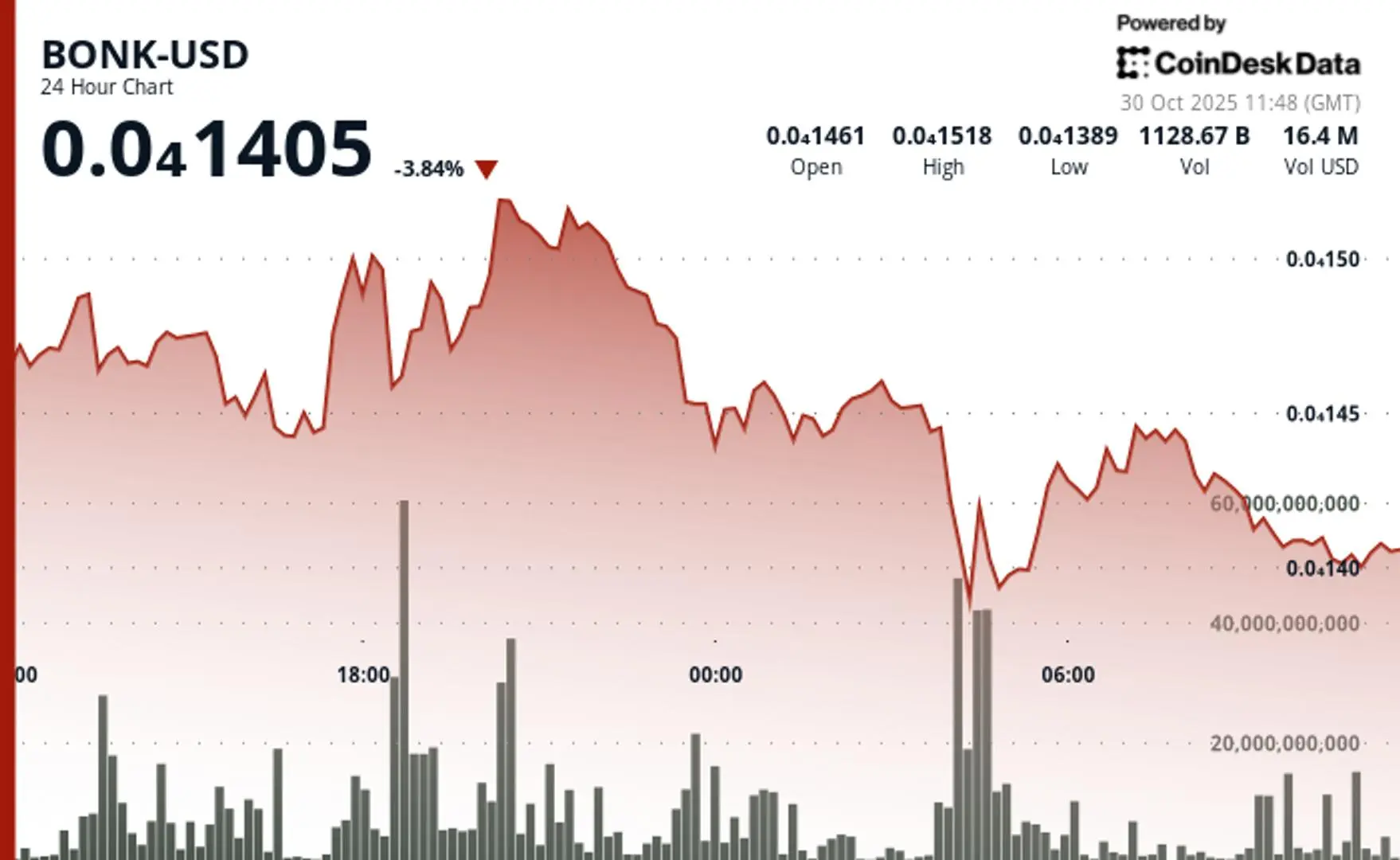In recent years, asset tokenization has gradually moved from conceptual discussions to practical implementation. The number of on-chain tradable government bonds, fund shares, credit products, and real estate equity cases has been continuously increasing, driving significant market expansion in a short period. On-chain analysis platforms show that the current on-chain assets labeled as RWA have reached the level of several billion dollars and have been on the rise in recent months, reflecting strong market demand for "on-chain high-yield/high-composability products."
The main reasons driving this round of implementation are threefold: First, there is an increase in institutional participation. Traditional asset management institutions and exchanges have increased their deployment of tokenization tools, custody, and settlement capabilities. Some major banks and asset management companies are already designing compliant tokenized products or building ecological infrastructure. Second, the maturity of infrastructure has improved, including regulated custody services, smart contract audits, and bridging mechanisms that connect fiat currency with on-chain assets. These technologies and services have reduced operational risks in issuance and custody. Third, regulatory policies have begun to clarify in some jurisdictions, especially in the EU, UK, and Singapore, where regulatory agencies are attempting to incorporate tokenization into existing financial regulations or establish targeted frameworks, thus providing clearer compliance pathways for institutional issuance.
However, the scaling of tokenization faces substantial challenges. First, the connection between legal and asset ownership off-chain and on-chain remains unbalanced: different jurisdictions have differing views on whether tokens constitute "securities" or how to define legal rights, leading to limitations in cross-border issuance and secondary market liquidity. Regulatory agencies have also expressed concerns about potential investor misunderstandings and market integrity risks arising from "tokenized stocks/funds," which require issuers and platforms to be more stringent in disclosure, clearing, and prudent management.
Second, credit and valuation issues cannot be overlooked. Many tokenized products still fundamentally rely on traditional credit arrangements and the quality of asset pools; on-chain "visibility" does not automatically equate to a reduction in credit risk. For tokenized credit or structured products primarily based on yield, investors need additional due diligence and independent valuation mechanisms, which also raises higher requirements for service providers within the ecosystem.
Recent business and market events provide a window for observation: for example, industry-leading tokenization platforms have completed significant financing or are planning to go public, while large custodial banks and issuers are also pushing for the implementation of specific products. These signals indicate that the industry is transitioning from "exploration" to "commercialization." However, the cautious voice of regulation and the progress of industry self-discipline will determine whether it can become part of mainstream institutional allocation.
Short-term advice for market participants includes three points: First, prioritize building a compliance-first product blueprint to ensure that on-chain rights arrangements are consistent with off-chain legal documents; second, choose audited technology and service providers with verifiable governance and custody capabilities to reduce operational and smart contract risks; third, enhance investor education and information disclosure to avoid misjudgments about the nature of risks due to the "superficial transparency" of tokenization.
Looking ahead to the medium and long term, if the regulatory framework continues to mature and cross-border mutual recognition infrastructure is gradually established, tokenization is expected to play a practical role in improving market efficiency, reducing settlement costs, and broadening the investor base, especially in asset classes that can be standardized (such as government bonds, money market instruments, and compliant fund shares) that can first form scalable liquidity. However, if legal, tax, and accounting treatments remain unresolved, tokenization may still be limited to pilot projects and small-scale institutional issuance.
In conclusion: The tokenization of real-world assets is at a critical stage of "moving from experimentation to institutionalization." Market participants should seize new opportunities while emphasizing compliance and risk control practices, promoting auditable and traceable token structures, and engaging in dialogue with regulators to avoid a disconnect between technological innovation and legal frameworks. This will determine whether tokenization can truly transition from the ideals of blockchain to the normal operations of traditional finance.
Related: Grayscale launches Solana (SOL) ETF, competing with Bitwise in the staking ETF market.
Original: “The Current Landscape and Next Steps of Real-World Asset Tokenization”
免责声明:本文章仅代表作者个人观点,不代表本平台的立场和观点。本文章仅供信息分享,不构成对任何人的任何投资建议。用户与作者之间的任何争议,与本平台无关。如网页中刊载的文章或图片涉及侵权,请提供相关的权利证明和身份证明发送邮件到support@aicoin.com,本平台相关工作人员将会进行核查。




